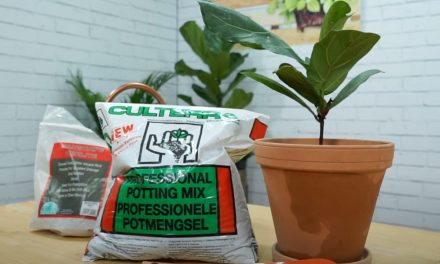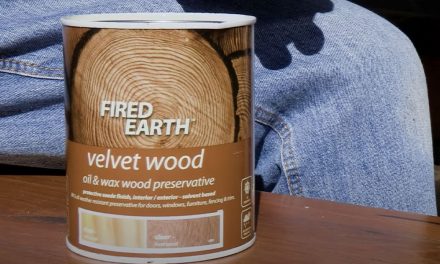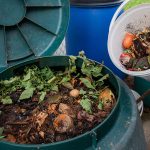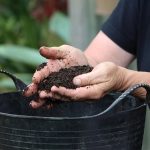With the current electricity situation and cost, many of us are using gas more and more in our homes. Here’s a pertinent safety tip.
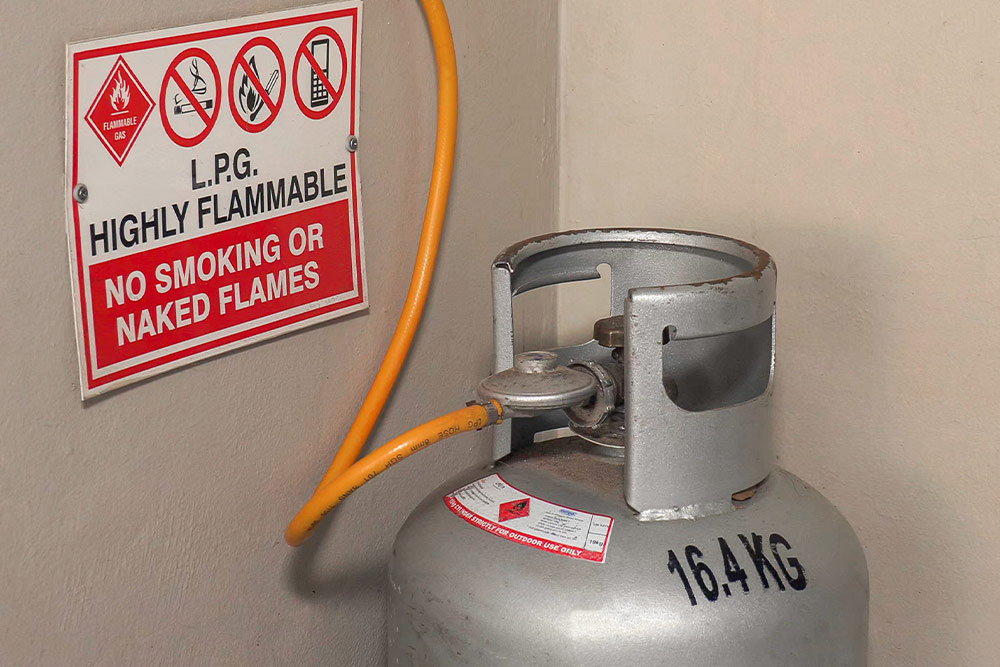
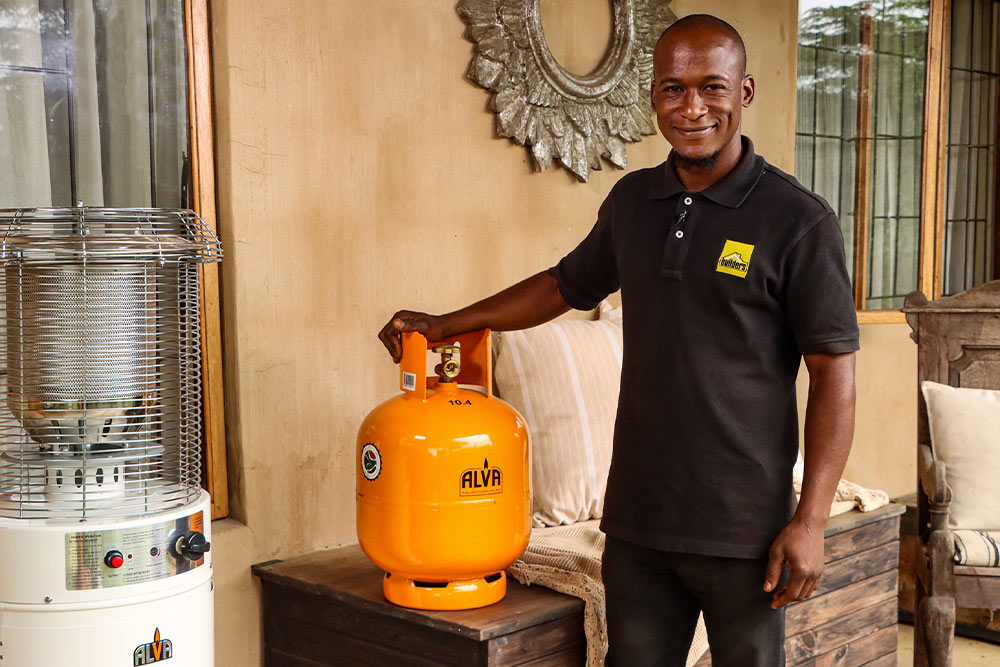
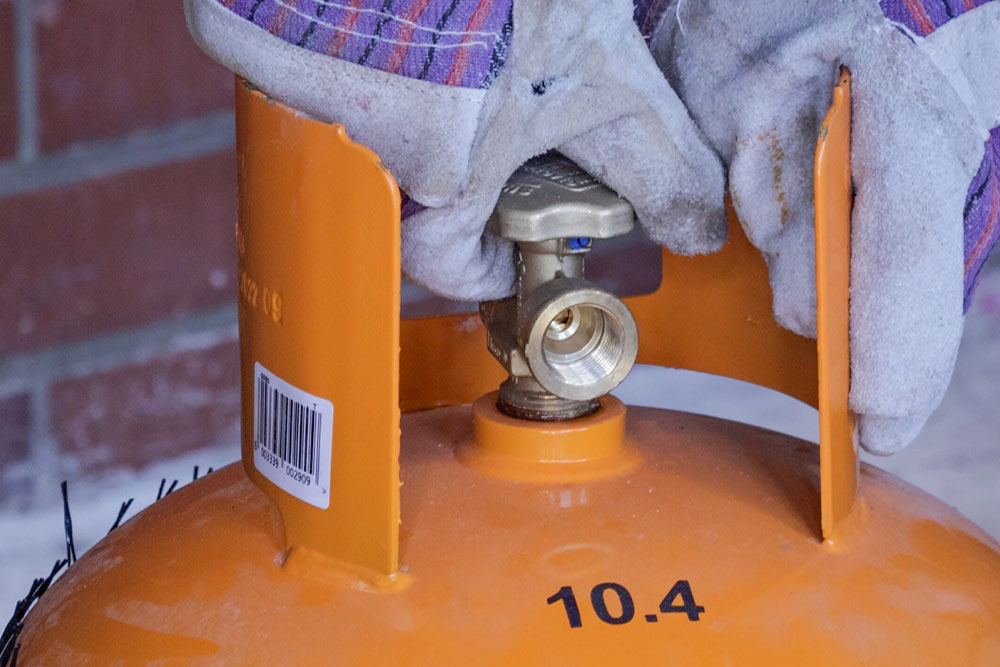
Purging is easy, but it needs to be done in a safe environment. LPG is obviously a highly flammable substance, so don’t purge gas indoors or within the vicinity of any source of ignition. Place the cylinder with the outlet facing away from you and open the valve, giving it a five-second blast. It is recommended to do two purges. After purging, take care to inspect the bullnose rubber seal.
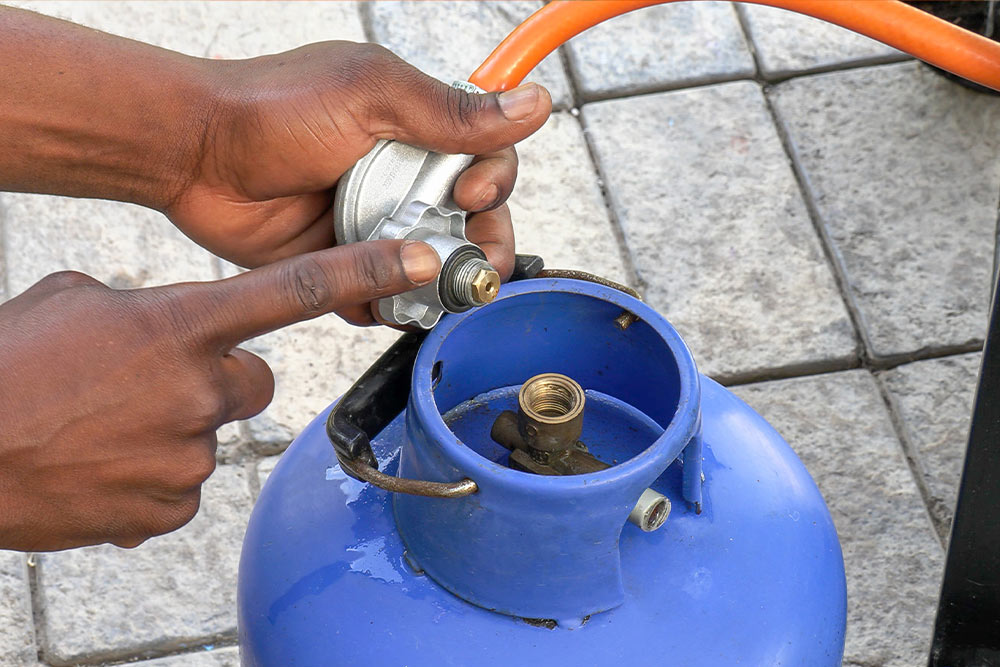
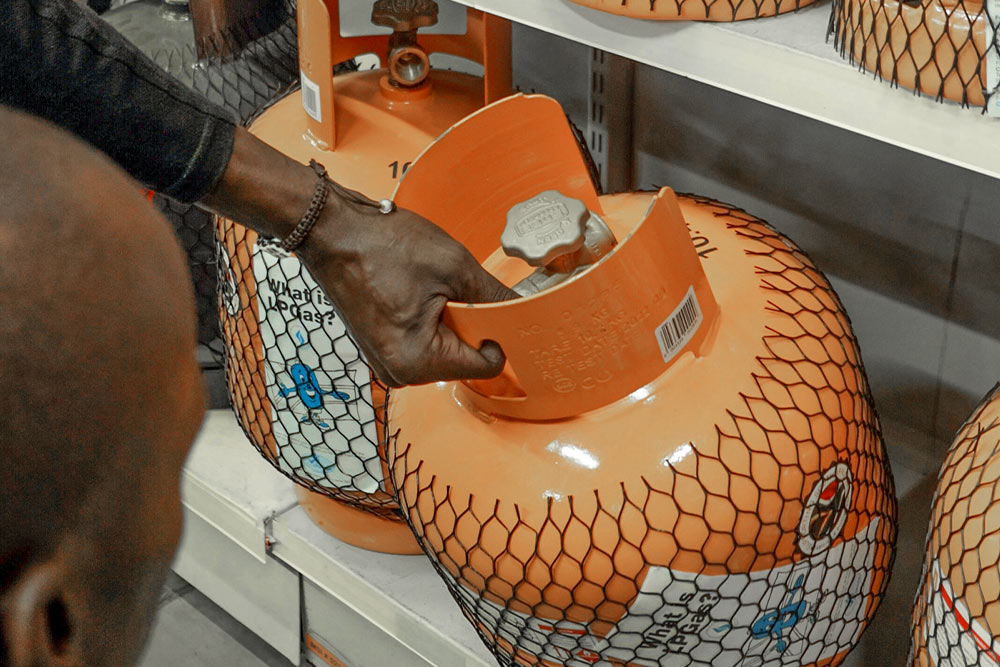
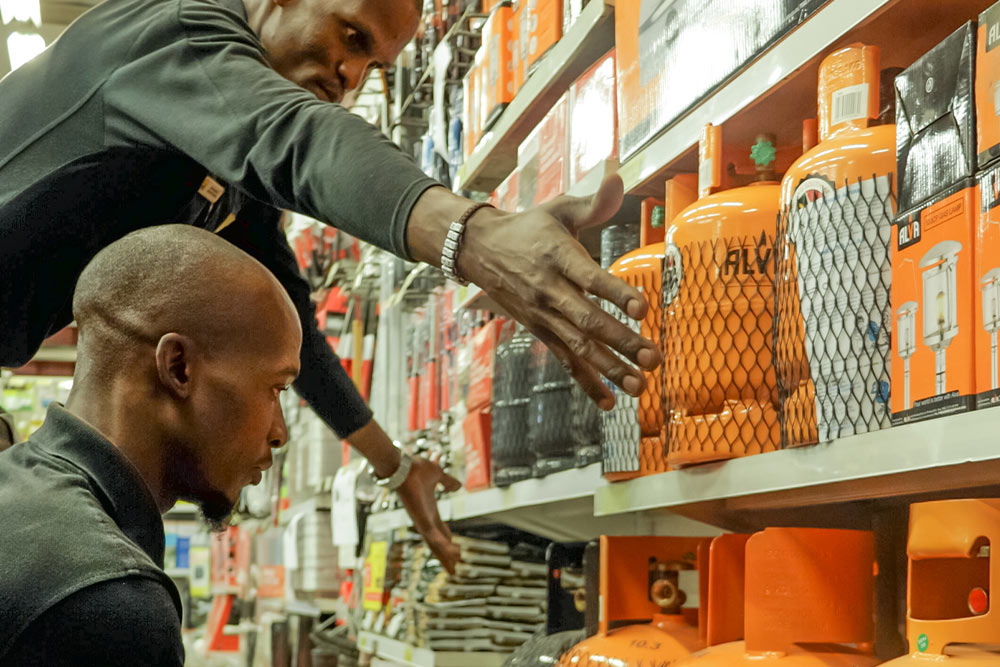
Gas is a cost-efficient source of energy, but you do need to handle gas with safety in mind. Don’t drop or damage the cylinder, don’t modify the cylinder in any way, ensure gas appliances are correctly installed and use the gas only for its intended purpose. Follow these tips and you will get many years of safe usage from your cylinder. Remember that Builders has a wide range of gas appliances, cylinders and all the hardware you could need.




